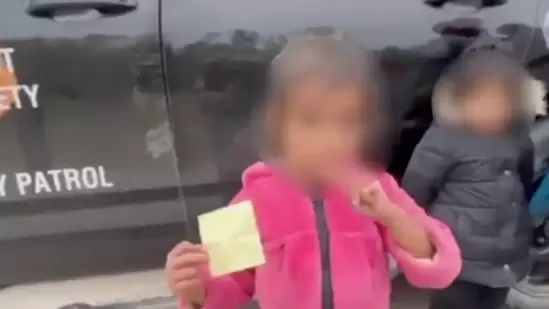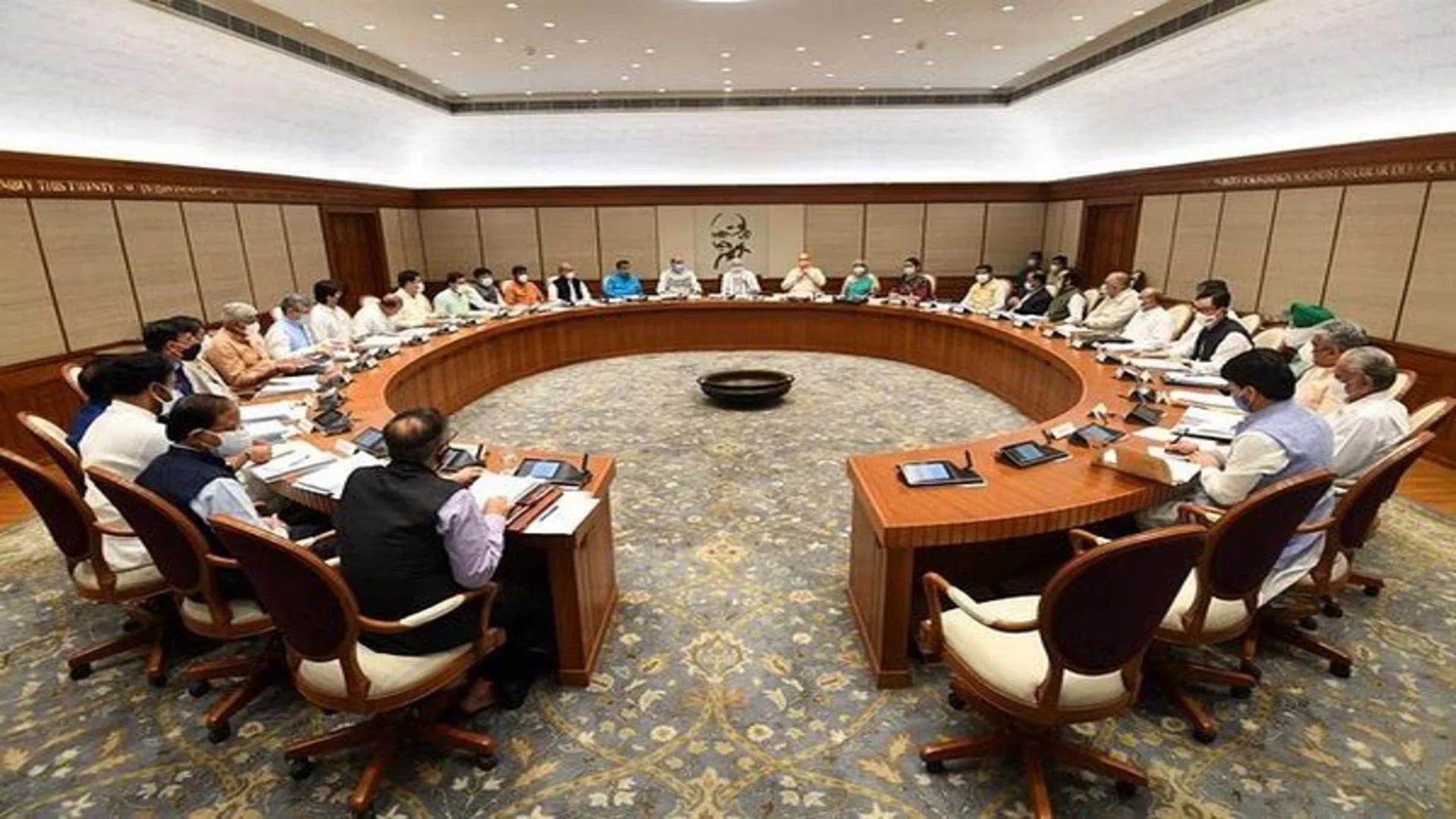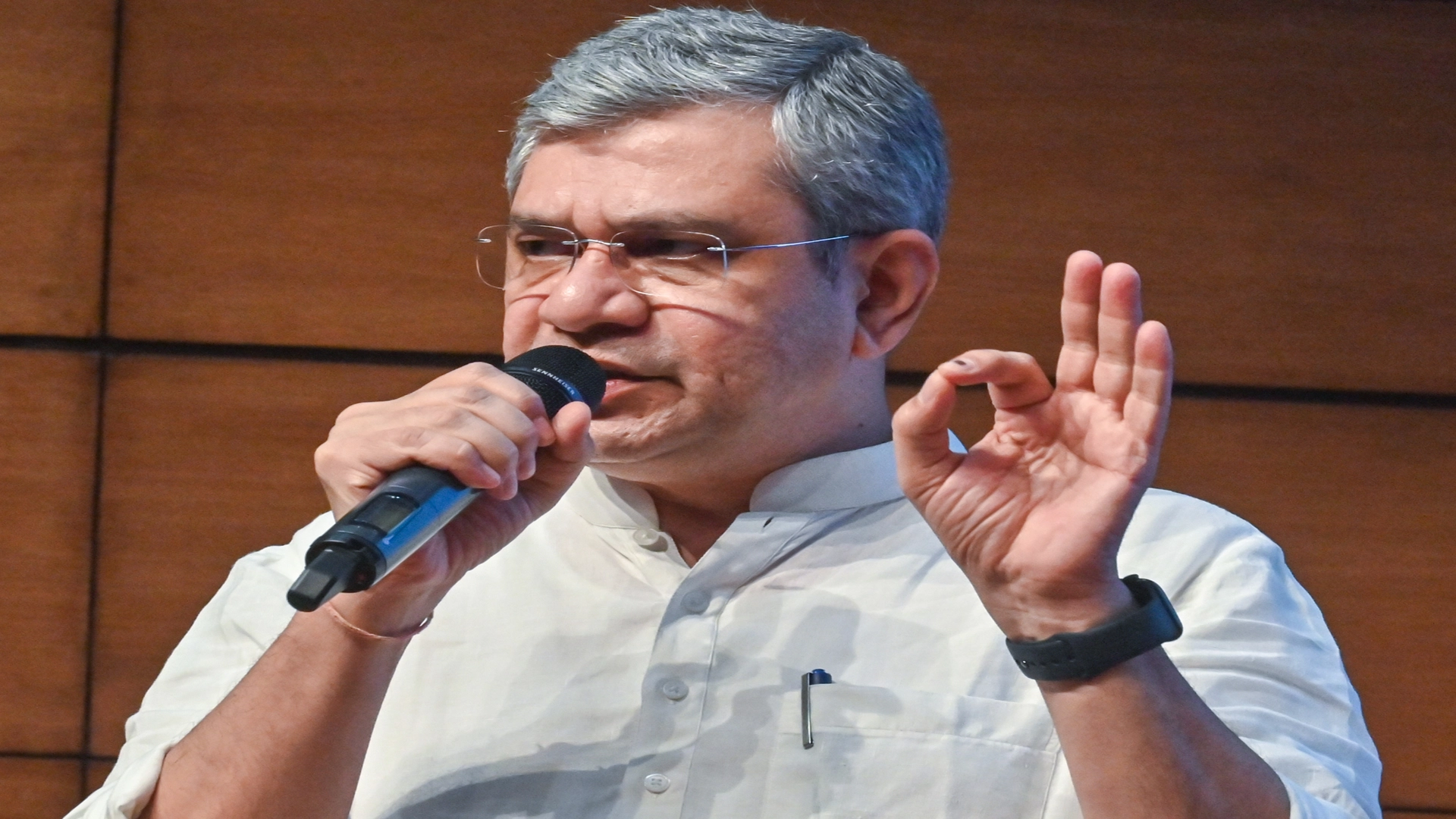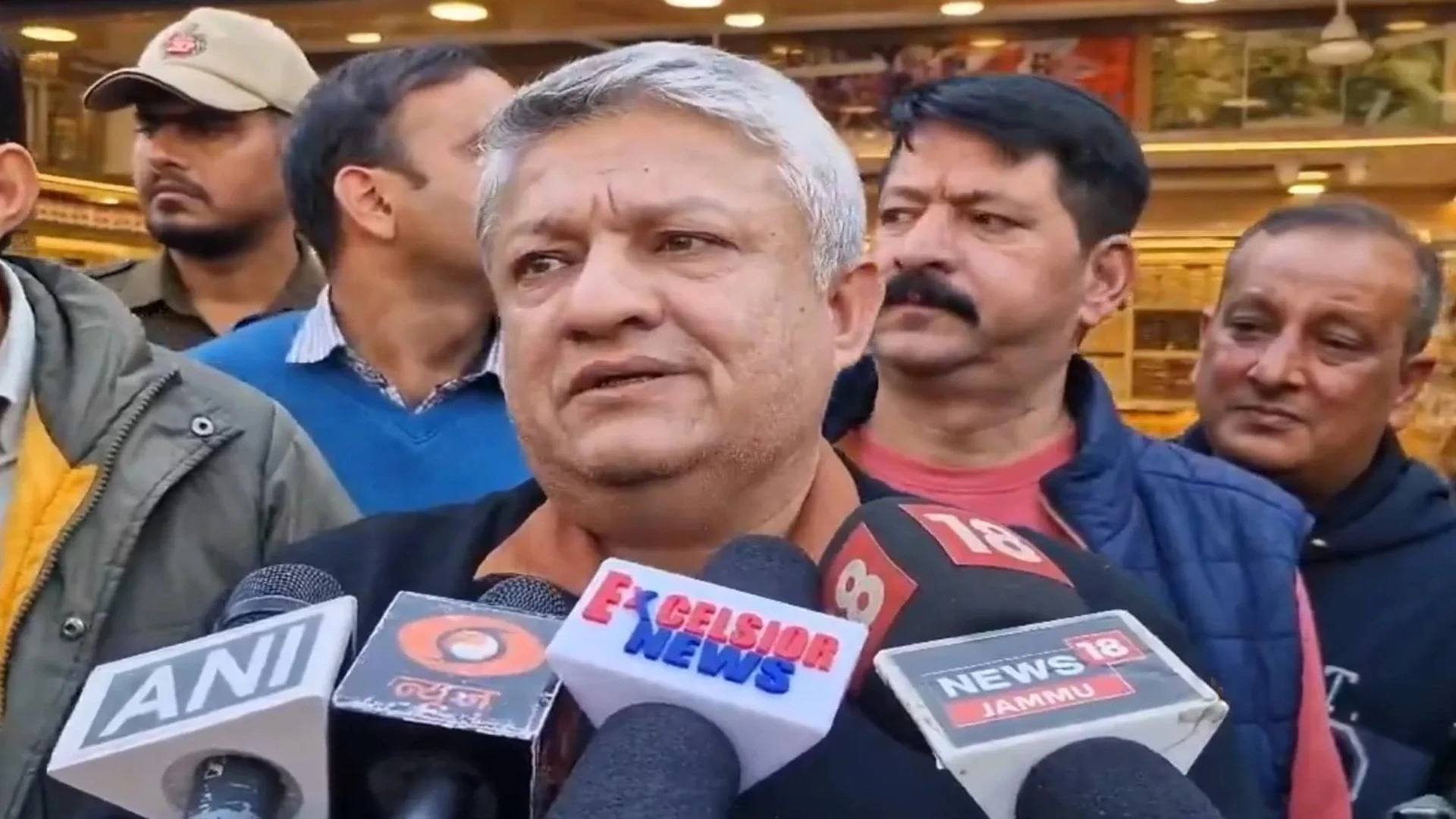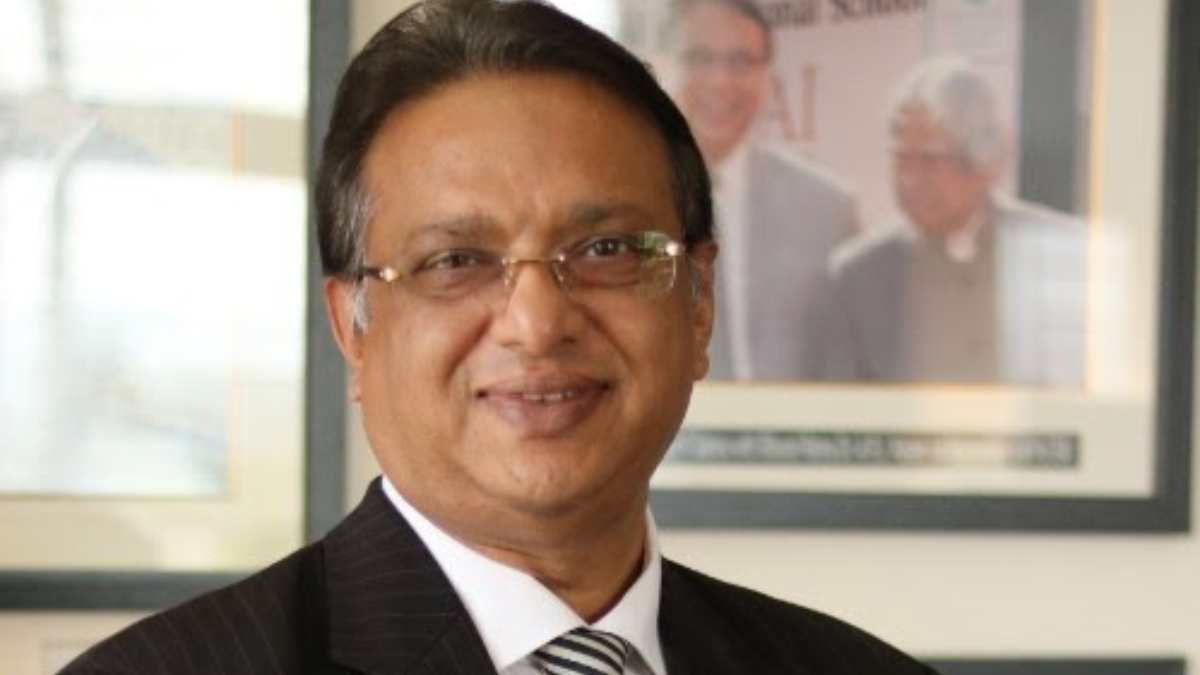
Dr Bijaya Kumar Sahoo, advisor to the Odisha government and founder & chairman of SAI International Education Group, talks to The Daily Guardian on how Covid-19 has impacted India’s education system, especially in the rural areas, and the way forward. Excerpts:
Q. Most schools are running digital classes but do you think this will suffice?
A. Technology will always be an enabler in the teaching and learning process. We were already using technology in our classrooms as smart-classes; however, the difference today is that students are not there in the school for that we had to take the classrooms to the homes of the children with the aid of digital technology. This is the new normal and the future of education will be blended learning with an ideal mix of online and offline teaching and learning process.
At the Odisha Adarsha Vidyalayas, the Odisha government-run CBSE, English medium schools, one in each block of the state, we have imbedded technology in the teaching and learning processes by using all mediums, starting from Zoom and Google Meet virtual classes, reaching out to students through WhatsApp, cell phones, YouTube. We have been able to cover 60-70% students as most of our schools are present in most interior and forest covered remote areas of the state.
Q. What are the current challenges before schools especially in rural areas?
A. As per the ASER survey report 2019, almost 90% of rural children in the age group of 4-8 years have started going to school. But at the same time the report also indicates that more than 50% of the students in 5th standard attending rural schools are not capable of reading a second standard textbook and are not able to solve simple mathematical problems. While when we talk about the education scenario during the pandemic in the rural areas is a little unprecedented and the Covid times have surely unmasked the state of affairs in various states of India. The school shut down has impacted the economically weaker sections of the society. After recovering from the pandemic, the second huge challenge for the students will be the completion of course. The time of the lockdown will take the student back to knowing nothing. The less privileged school children have minimum access to technology even in the 21st century. It is difficult for schools to bring in online learning platforms. For the reasons of minimum grants to set up technology enabled remote classes and the inability of students in remotely accessing online platforms.
Q. The primary and pre-primary students need parental guidance during e-classes. What should be done so that young students don’t miss learning during the pandemic?
A. Since we have moved the classrooms into homes, parents are taking up the primary role in ensuring that the e-classes are conducted seamlessly as a facilitator of e-learning. Yes, indeed students need parental guidance during e-classes. Much has been spoken about raising the EQ (Emotional Quotient) in children, but now is the time to introduce DQ (Digital Quotient) among the parents as well as the children. DQ is the awareness and application of existing and emerging digital technologies, capabilities, practices and strategies and how to be friendly with it. In the digital world the DQ will play a major role in shaping the future generation.
Q. Schools are facing a financial crisis. Meanwhile parents too are unable to pay fees for their children. What should be done to find a middle ground?
A. The pandemic has brought about a financial crisis for everyone, including the institutes; however, they need to be maintained so as to keep them ready to welcome the students when the lockdown is lifted. Normally the fixed cost of schools is 85% to 90% of the revenue; we all need to be mindful of the fact that private schools are not funded by the government and survive on fees collected from parents. Parents also have their financial crisis, loss of jobs and loss in business, etc, so there needs to be a middle path. A path on which both parents and schools can walk hand in hand. There needs to be an atmosphere of positive co-existence of partnership between parents and the institutions for the bright future of the students.
Q. What changes do you suggest in current policies to ensure better learning in schools?
A. I feel India has a long way to go to transform the education system. A few changes, I feel, that can bring about a change are:
1. Not just rote learning: More focus should be given on blended learning rather than on rote learning; the emphasis should be on head, heart and hand than on reading writing and arithmetic;
2. Student-centric learning: The teaching should be from the students’ perspective and the teacher’s role should shift from a mere a teacher to a learning curator who will enable learning and guide the students in the right direction;
3. Changing assessment system: This will allow students to follow their passion without the fear of failure and they will be assessed based not just on the marks obtained but on the various other factors such as their logical and analytical skills, their creativity, their aptitude, their skill sets which may vary from student to student and not make it look quantified;
4. Experiential Learning: Learning with experience or learning through reflection of doing, by applying the theory to get the realworld experience. This will help students comprehend topics and also help them retain them.
5. Integrating AI into education: Covid has proved that learning is possible even while staying at home. AI-augmented learning is the need of the hour in the education system so that learning becomes uniform and equal for both urban and rural children.
